
In 1648 Misawa no Tsubone, the west nurse of Tokugawa Ietsuna, 4th Shogun of the Tokugawa Dynasty, founded Emmei-in Temple in Yanaka. The Nichiren Buddhist Temple was established as a bettoji, a temple attached to a Shinto shrine (typically in Japan, temples and shrines are separate).
Back then, a priest named Eshoin Nitcho prayed for a safe delivery when Tokugawa Ietsuna was born. Misawa no Tsubone made a donation to Eshoin and asked him to call upon and enshrine Shichimen Daimyojin (a guardian deity of the Lotus Sutra) from Mount Minobu in Koshu province (modern day Yamanishi prefecture).
On the inscription in the statue of Shichimen Daimyojin, it is stated that the statue’s creation was ordered by Hojuin Nichimyo and sculpted by a priest named Yahe in 1650 The statue is kept hidden from view and is enshrined in Shichimen-do Hall. The slope that runs in front of the gate towards Sorin-ji temple (Taito City) is called Shichimen-zaka Slope, named after this shrine.
Right next is a large castanopsis tree (a designated Tokyo Metropolitan natural treasure back in May 1930) stands on the premises and is over 600 years old.
Castanopsis is high evergreen tree which belongs to the fagaceae family. The fruit is edible without astringent taste.
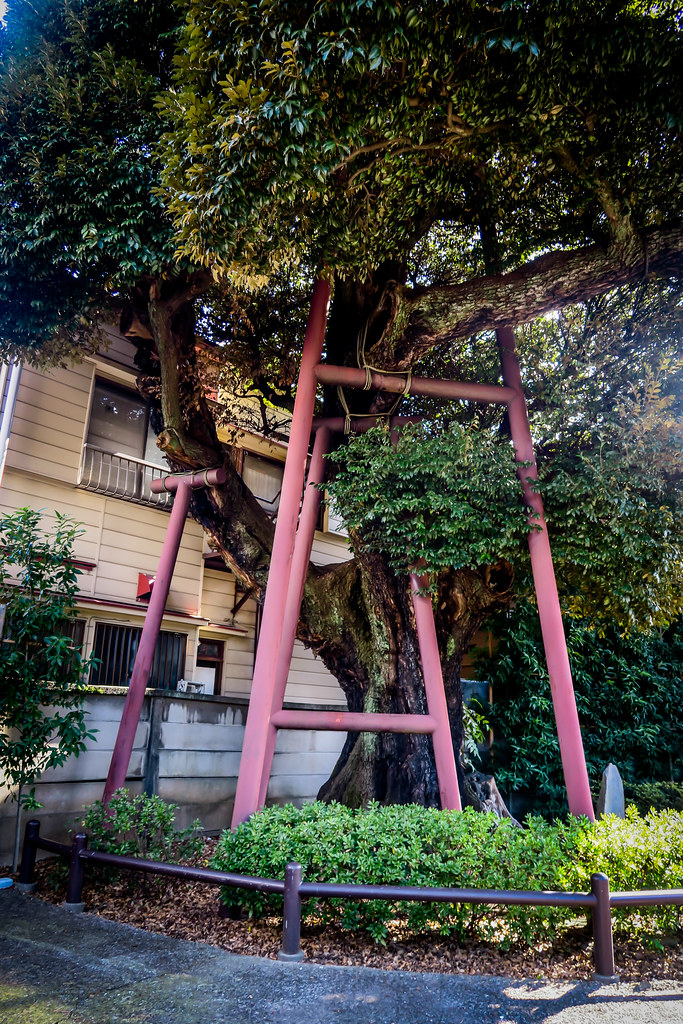
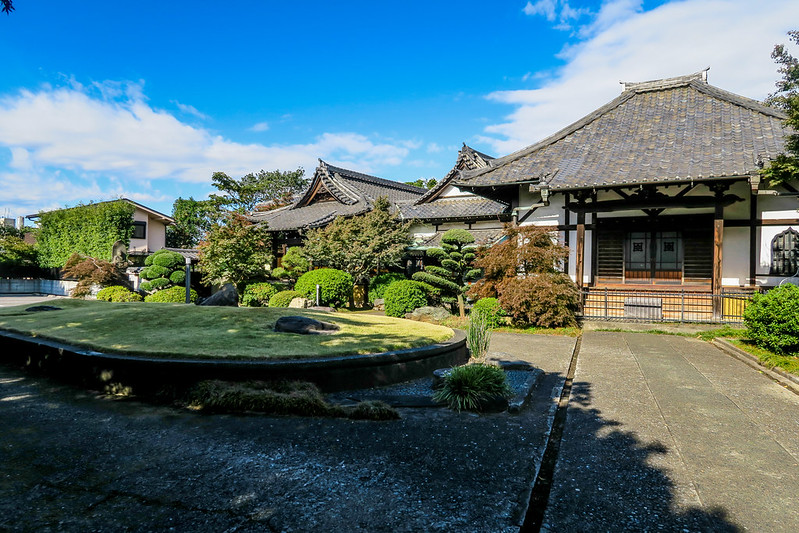
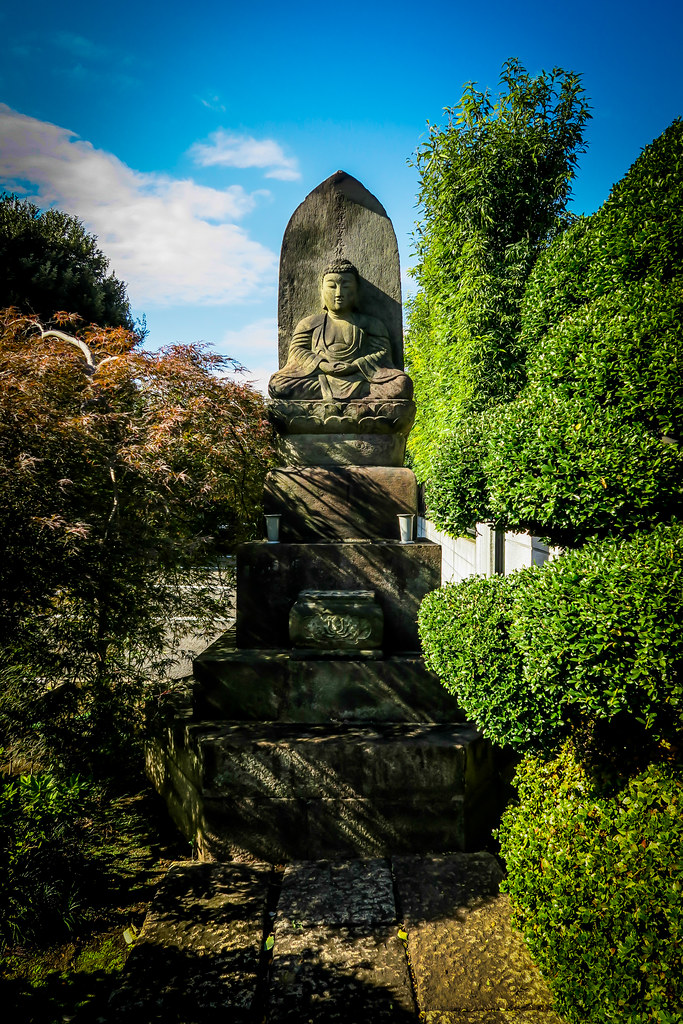
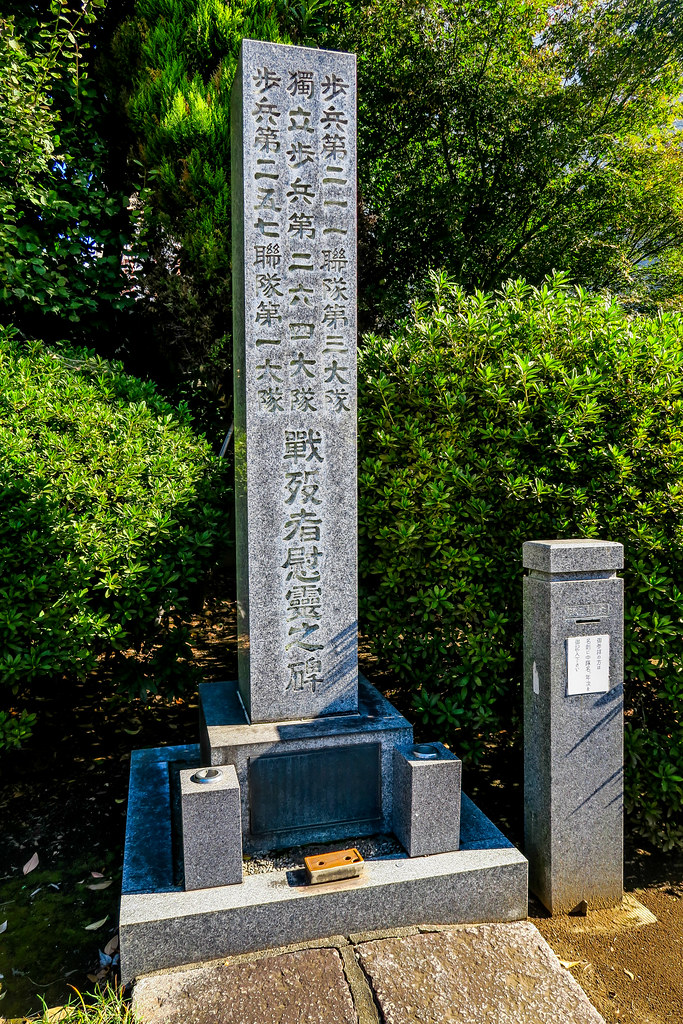

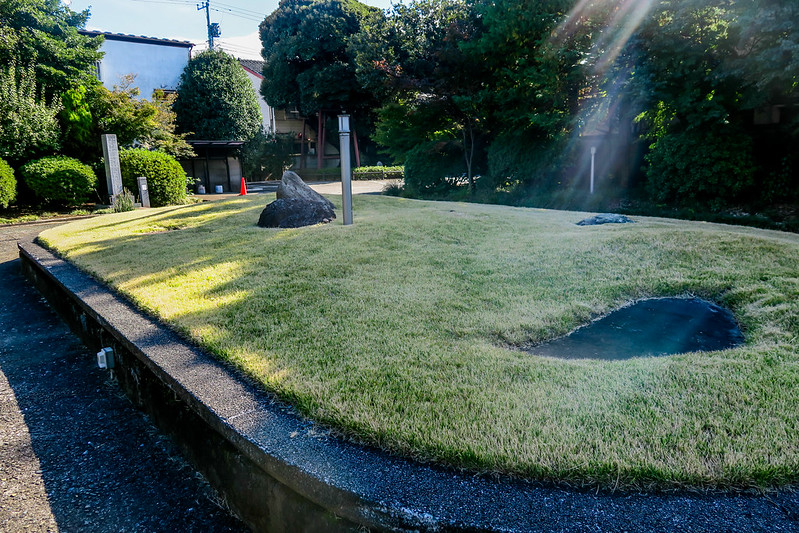
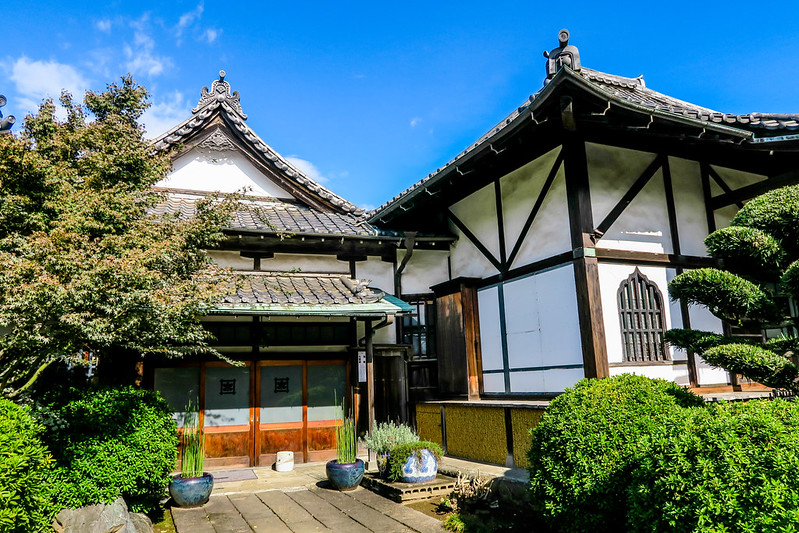

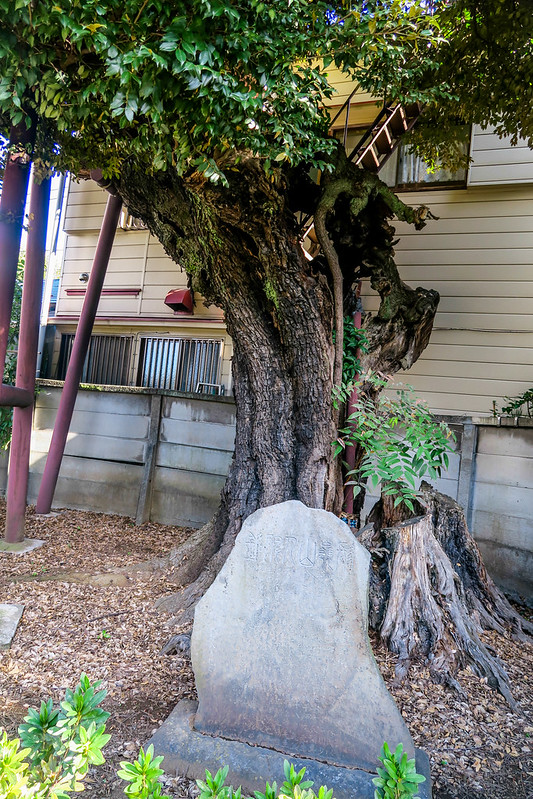

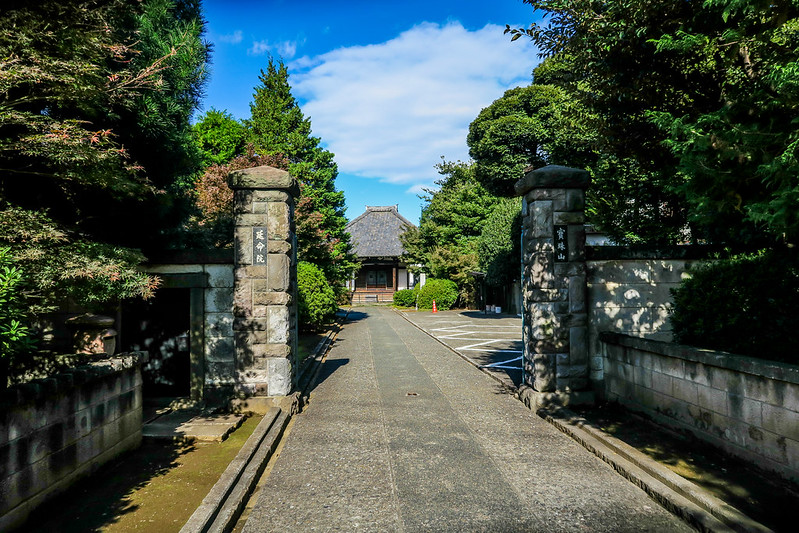
The importance of the tree is that in the Higurashinosatosouzu, the 5th volume of Edomeisyozue (an illustrated guide book in the Edo period), the catanopsis tree, Castanopsis sieboldii (Makino) was shown in the location which is presumed to be the current place. Enmei-in has been known for its female deity and many people visit the temple to pray since teh Edo period.
Although the original shrine buildings shown in the Edomeisyozukai were destroyed by the large earthquake of 1855, the castanopsis tree at Enmei-in has survived and stands today.
In 2002, a big branch on the south side fell down in 2002 due to decay in the trunk and the current form of the tree has been preserved for safety.
Also, according to local tales, the temple was where Yaoya “Green Grocer” Oshichi’s mother came to pray along with her young daughter at the time.
Yaoya Oshichi is known for the following:
From Wikipedia: In December 1682, she fell in love with Ikuta Shōnosuke (or Saemon), a temple page, during the great fire in the Tenna Era, at Shōsen-in, the family temple (danna-dera). The next year she attempted arson, thinking she could meet him again if another fire occurred. She was caught by the police and burnt at the stake in Suzugamori for her crimes.
The magistrate at her trial, though knowing she was sixteen years old, asked her, ”You must be fifteen years old, aren’t you?” At the time, boys and girls under the age of sixteen were not subject to the death penalty, and since strict family registration systems were not yet widely implemented, confirmation of age by a bureaucrat was sufficient. Misunderstanding the magistrate’s intentions to try her as a minor, she replied that she was sixteen. At a loss, the magistrate asked her firmly again, ”You must be fifteen years old, are you not?” Not taking the hint again, she honestly stated her age as sixteen, leaving the magistrate no alternative but to sentence her to burn at the stake.
As dark as that may seem, her story was used throughout the centuries to show a woman who would die for the man she loves. Many joruri plays (including plays that made her out trying to save her lover) were made of Yaoya Oshichi and she even has a memorial to the west of Emmei-in Temple, called Enjo-ji Temple. Daien-ji temple also has a memorial with a cooking pot on his head to symbollically take away the head from the fire of the stake that Oshichi was sentenced upon and cooking pots and origami cranes are offered.
For those wanting to visit Emei-in Temple can find it directly on the main street not far from Nippori Station.
